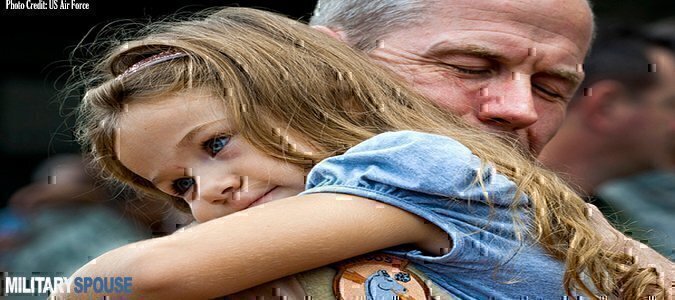This is where a personal story comes into play. I’ll never forget the first time I met a Third Infantry Division soldier after his combat injury. I tried not to look directly at his face. Not because I couldn’t, but because I didn’t want him to feel uncomfortable. I had seen injuries, but this one struck me differently. The young man had been so handsome prior to the IED attack that would change his face forever; he could have been a male model.
As I was looking at my notes, jotting down the age of his daughter for background information, I caught him smile out of the corner of my eye. I no longer saw his false eye, the scars on half of his face. I only saw his smile. For the rest of our interview, I looked at him head on and worked my way toward asking that tough question, “What is it like to look in the mirror? What does your young daughter say when she looks at you?” He admitted, it had been hard to look directly in the mirror at first…and he was nervous to let his child see him for the first time. He thought she would think he looked like a monster. Then his smiled weakened and he said, at first…she did. But when his small child, I think she was around the age of four, realized it was only her daddy’s outward appearance that changed and he was still her fun, silly, loving father on the inside…she wasn’t frightened by his appearance anymore. Then his smile came back and he talked about all of his future goals. He was going to finish his college degree that he’d started years ago. He was excited to play with his daughter when our interview was over and he was eager to give other service members the strength to move on after combat injuries. This Army Sergeant had learned firsthand the lesson so many of our parents taught us as children: What is on the outside doesn’t matter; it is what is on the inside that counts. His appearance had changed, yet his smile hadn’t disappeared and it was still as contagious as ever.
But what if it is the inside that has changed? How does one explain the invisible injuries to a child? Because the child cannot see a physical difference in mommy or daddy through PTSD or TBI, as they could a physical injury, it may be harder to understand why life is different. Their parent looks the same…so why is life changing? There are a number of resources available through counseling programs on bases, but there is also research one can do from home. The Family of a Vet is just one blog that outlines ways to have this discussion with children . The website is helpful because it breaks the conversation down differently for different age groups, offering solutions to problems and questions children may have.
The bottom line is children just need reassurance that they are safe and that their parent is now home safely too. Children may react differently to the change, but if the family structure can remain strong and loving…the child will be resilient.
Read Next: 5 Ways to Drop the Deployment Bomb








